Alma Bridge
The Pont de l'Alma (Alma Bridge) is a road bridge in Paris, across the Seine. It was named to commemorate the Battle of Alma during the Crimean War, in which the Ottoman-Franco-British alliance achieved the first victory over the Russian army, on 20 September 1854.
This bridge connects Quai Branly (in the 7th arrondissement, on the Left Bank) to New York avenue (in the 8th and 16th arrondissements, on the right bank).
The north end of the bridge is served by the Alma - Marceau metro station, and the south end by the Pont de l'alma RER station.
It is arc-shaped with a dimension of 142.50 meters in length and 42 meters in width.
The new steel bridge is the second bridge with the same name.
The construction of the first stone bridge began in 1854. Its architect was Paul-Martin Gallocher de Lagalisserie (1805-1871). The inauguration of the Pont de l'Alma should have taken place during the Universal Exhibition of 1855, but as the bridge was not completed on time, it was inaugurated a year later, on 2 April 1856, by Napoleon III. With the construction of the bridge, Napoleon III wanted to celebrate the Crimean campaign (1853-1856). It was to celebrate this same victory that the most deserving regiments of the Crimean army were represented by four statues of soldiers leaning against the pillars. Zouave and grenadier by Georges Diebolt (1816-1861), a skirmisher and an artilleryman by Charles Auguste Arnaud (1825-1883).
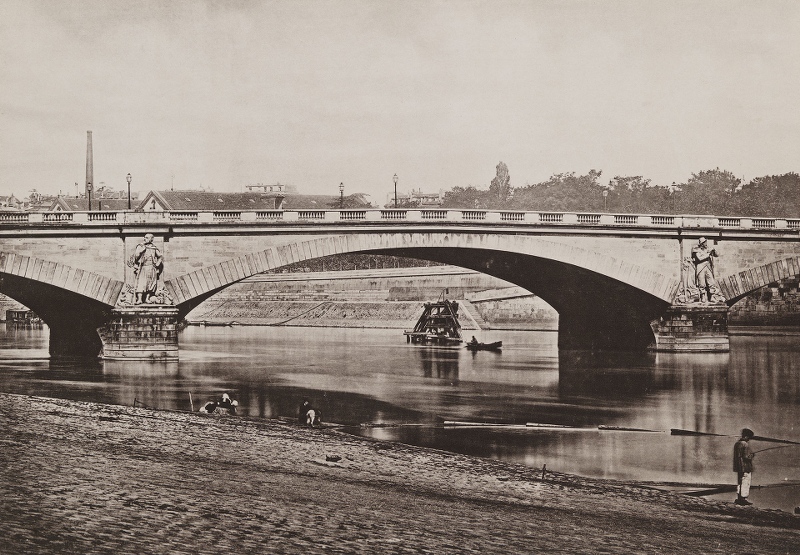
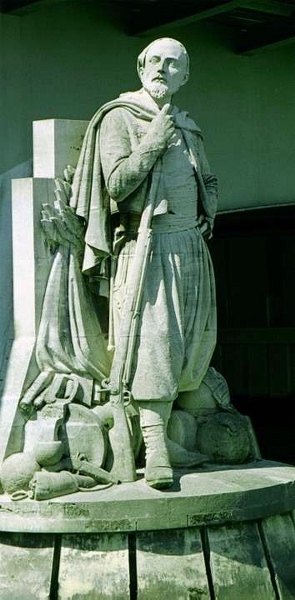
_512x600_426x600.jpg)
_452x600.jpg)
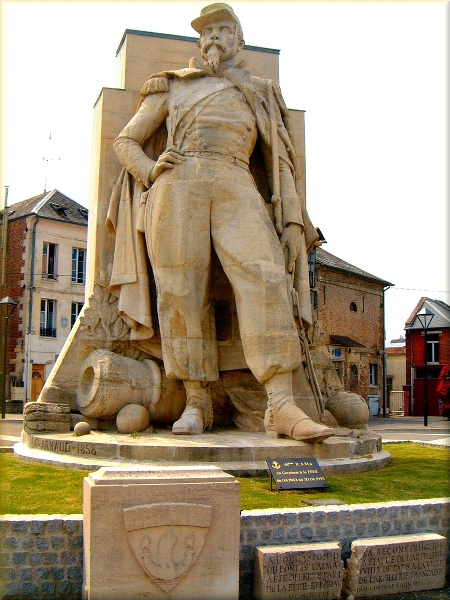
The statue of the zouave served as a popular instrument for measuring the floods of the Seine. When the level of the Seine reached the feet of this zouave, the ways on the banks were generally closed. When the water rises to the thighs of the zouave, the Seine is no longer navigable. During the historic flood of 1910, the water had risen to the shoulders.

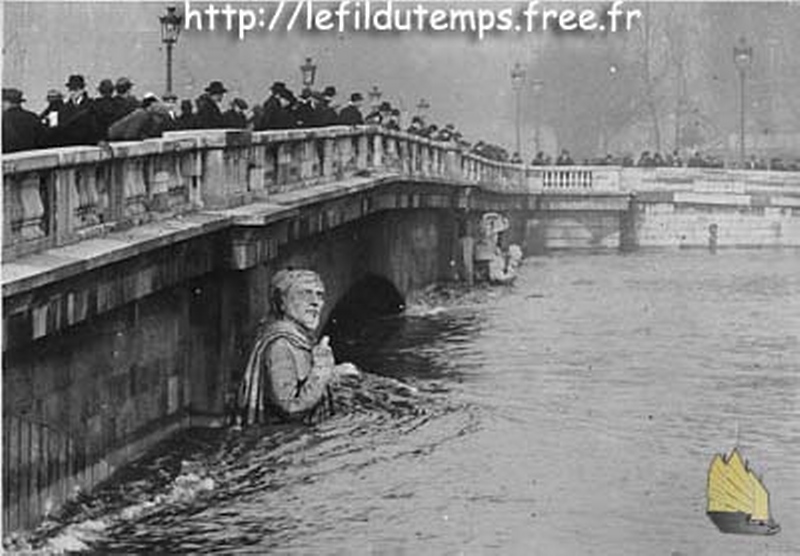
For the Universal Exhibition of 1900, the bridge was doubled upstream by a footbridge, known as the Alma footbridge.
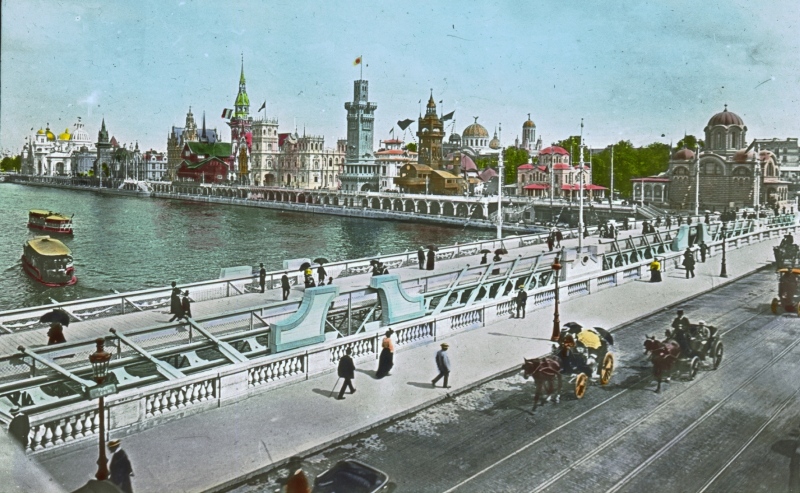
The first bridge was a dam in times of flooding. In the 1960s, in addition to having become narrow for road and river traffic, a settlement of nearly 80 cm led to the decision to replace it.
The current bridge was built from 1970 to 1974. The engineers were Jean François Coste and Ch. Blanc and the architects were Auguste Arsac and M. Dougnac.
As the rebuilt bridge has only one pier, only the zouave has been preserved: it has been replaced upstream of the single pier (so it is closer to the right bank but still looks towards the left bank). The other three statues have been moved.
- The skirmisher is visible from the A4 motorway against the south wall of La redoute de Gravelle in the Bois de Vincennes.
- The grenadier is in Dijon, the birthplace of his sculptor, on the avenue du Premier-Consul, facing lake Kir.
- The artilleryman was offered and transferred to La Fère (Aisne Department), a city dear to the hearts of artillerymen, where the 41st Marine Artillery Regiment was located until 1993..
The word Zouave comes from Zouaoua, name of a kabyle tribe from which the first soldiers of this body were drawn.
The Kabyles are a group of large Berber tribes forming a people and an ethnic group from Kabylia, living in a predominantly mountainous region of Algeria.
The Zouaves are French light infantry units belonging to the Army of Africa. Often associated with the image of the battles of the Second Empire and known for their singular uniform, these units existed from 1830 to 1962.
The Crimean war is the first campaign of the Zouaves outside Algeria. In Crimea, at the Battle of Alma, the 3rd regiment of zouaves took the Russians by surprise by climbing rocky escarpments, seizing their artillery then turning it against them. This action greatly contributes to turning the battle in favor of the allies.
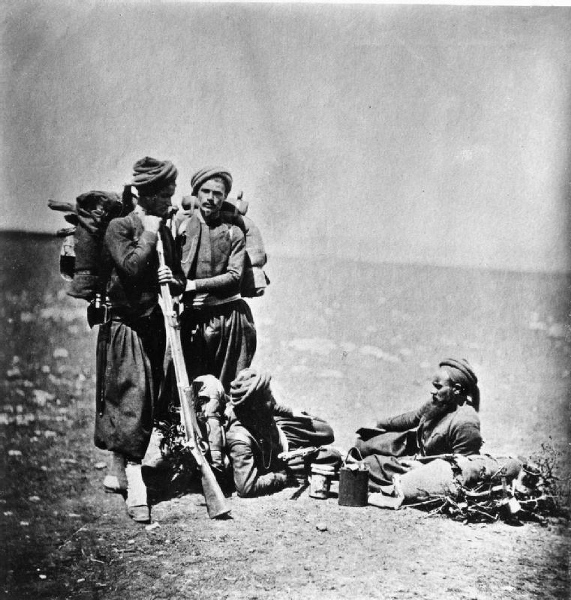
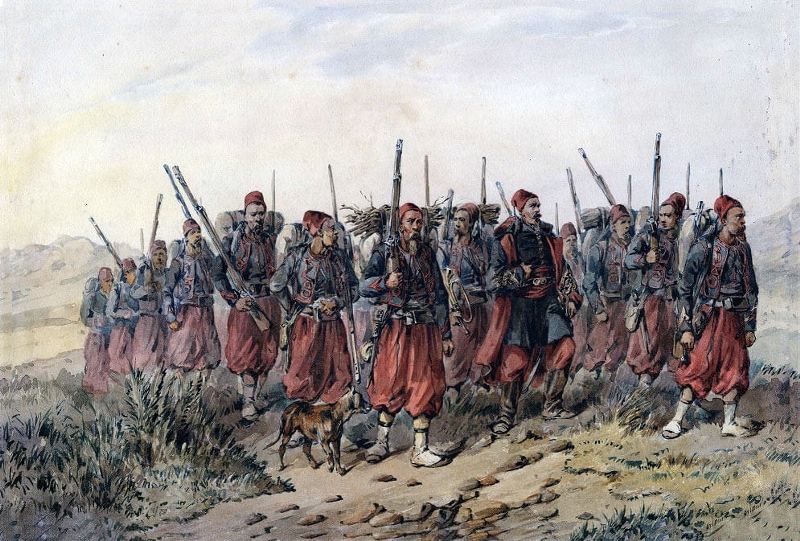
-3.jpg)
Rising in the Crimean Mountains, the Alma is a small, 87.8 km long river that flows into the Black Sea. Its mouth is halfway between Eupatoria and Sevastopol. Near the Alma River, the British, French and Ottoman armies defeated the Russian army on September 20, 1854 (Battle of the Alma).

The Battle of Alma, which took place on September 20, 1854 on the banks of the Alma River, is considered the first great battle of the Crimean War (1853 - 1856). The Franco-British-Turkish forces under the command of Marshal Saint-Arnaud and Lord Raglan take victory over the Russian army of Prince-General Aleksandre Sergeevich Menchikov (supreme commander of the Russian land and maritime forces in Crimea) who lost about 5000 soldiers against 3600 on the Allied side. The zouaves of the "army of Africa" coming mainly from North Africa of the French colonial empire played a decisive role in the last hours of this battle.

Georges Diebolt, is a French sculptor born in Dijon on 6 May, 1816 and died in Paris on November 7, 1861.
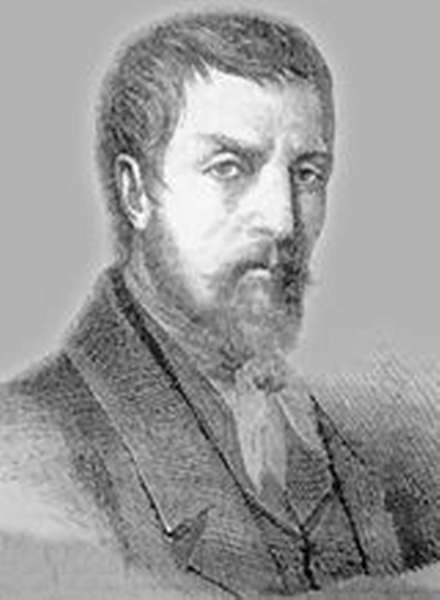
He is trained at the School of Fine- Arts in Paris where he was a student of Darbois, Ramey and Dumont. He was awarded first prize in Rome in sculpture for his bas-relief The Death of Demosthenes in 1841.
He benefited from public commissions for monumental works under the Second Empire and received the Legion of Honor.
He dealt with religious subjects such as Saint John the Evangelist erected on the first floor of the Saint-Jacques tower in Paris, whose restoration was resumed in 1852, or contemporary subjects such as The Maritime Victory decorating the downstream face of the Invalides bridge in 1854.
He created works for public fountains such as in Nîmes with James Pradier, and participated in the decoration of the Louvre palace inaugurated by Napoleon III in 1857.
It is for his participation in the decoration of the Alma Bridge in Paris that he passed to posterity by sculpting two of the statues of soldiers commissioned to pay homage to the army of the Crimean War (1854-1855), the Zouave and the Grenadier, inaugurated on August 15, 1858.
He is buried in Paris at the Montparnasse cemetery.
Some of his works are;
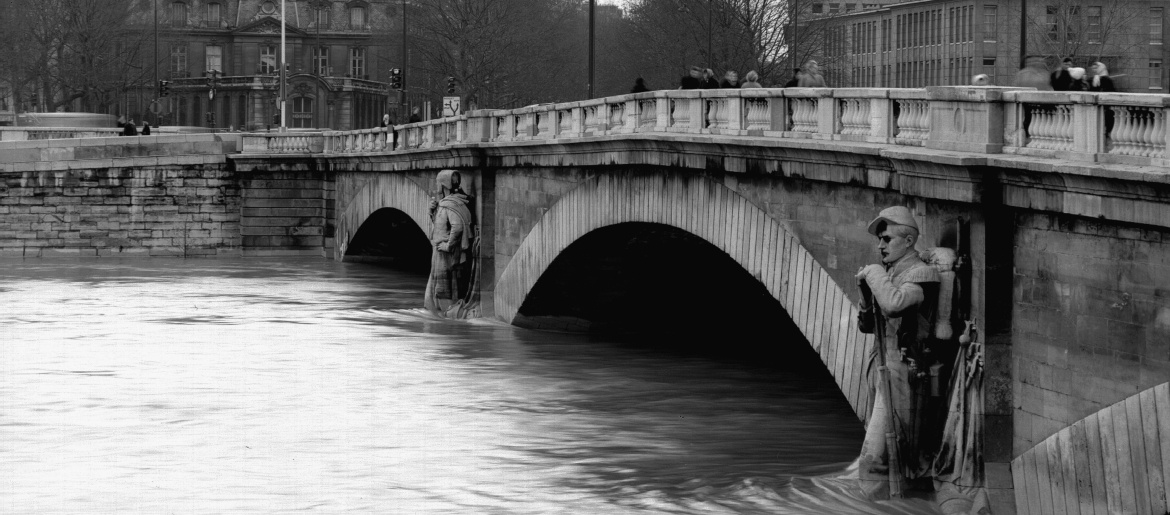
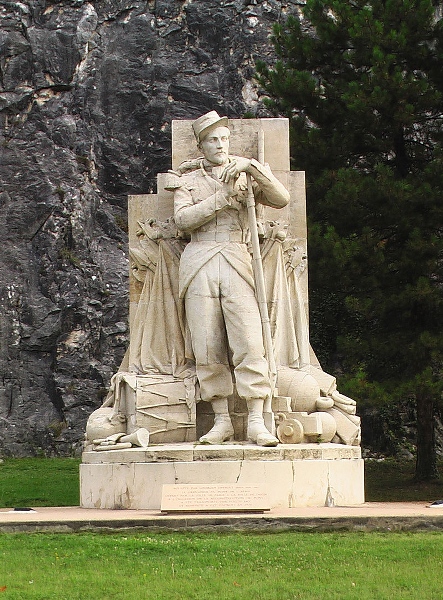
On March 31, 1970, the Grenadier arrived in Dijon by water after eighteen days of travel.
The next morning, cranes unloaded the barge of its thirty-one pieces. Its assembly was completed on July 22.
It is now on the Avenue du Premier Consul, facing Lake Kir.
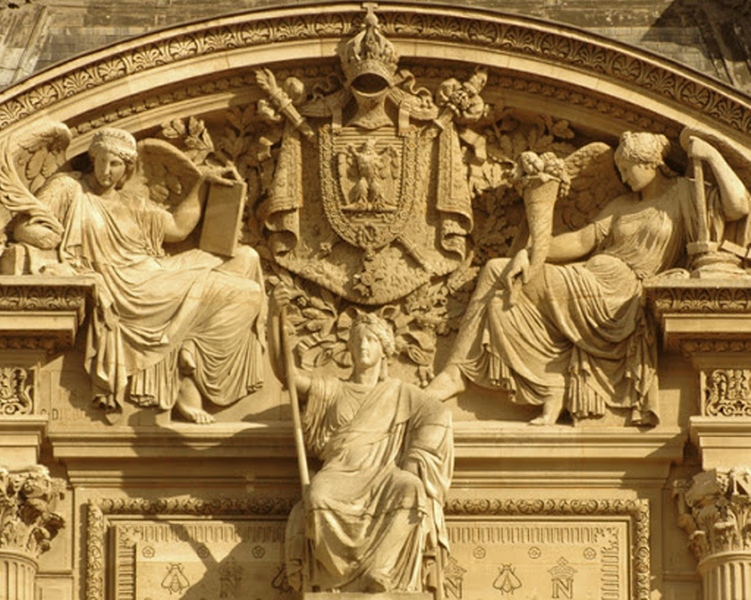
The Louvre Palace 1857

Louvre palace
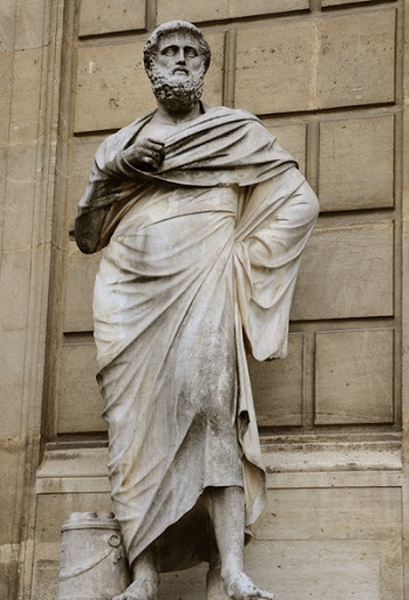
Paris, School of Fine Arts
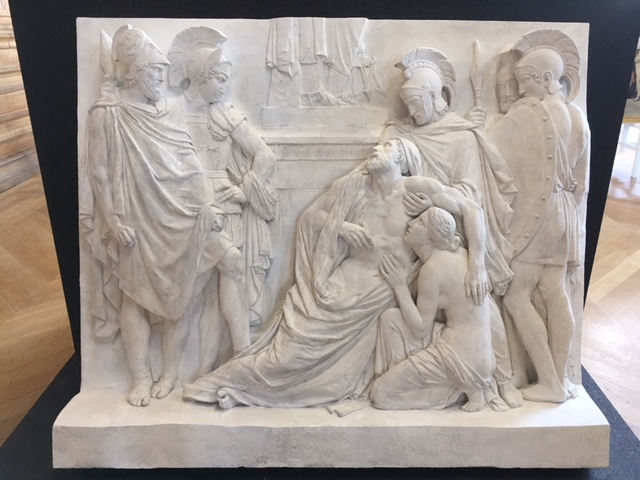
Paris, National School of Fine Arts

National Museum of the castle of Compiègne
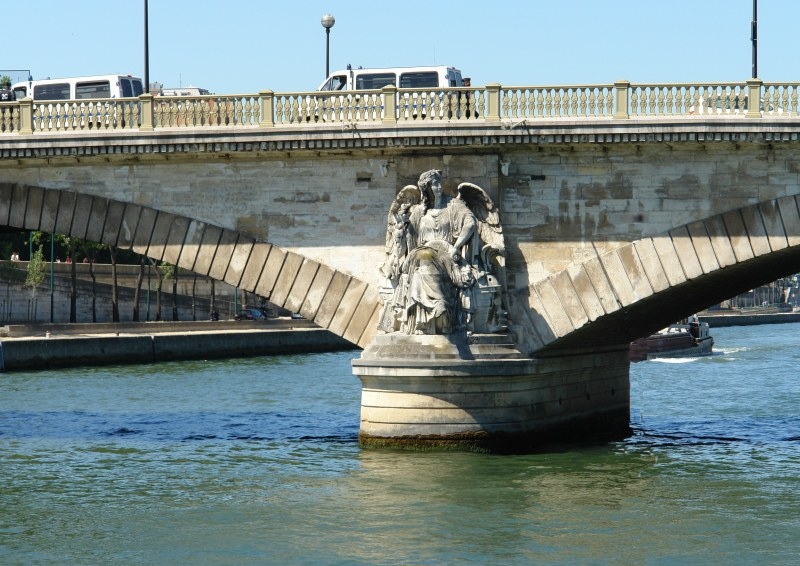
Invalids' bridge downstream, 8th arrondissement, Paris
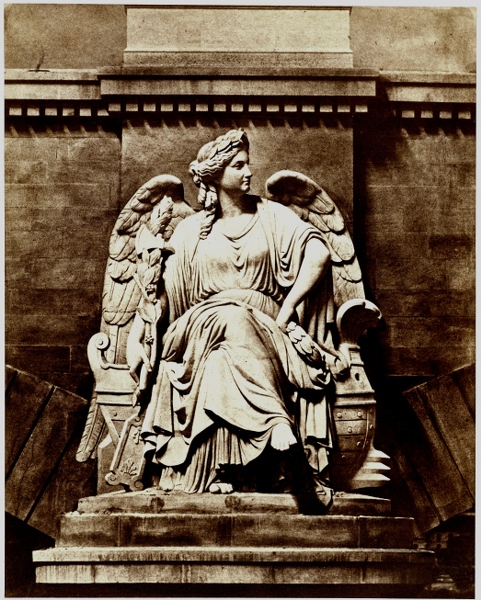
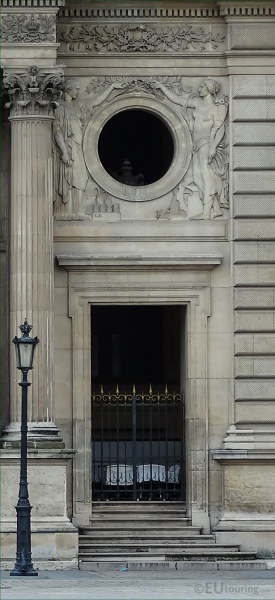
Louvre palace, the Turgot pavilion
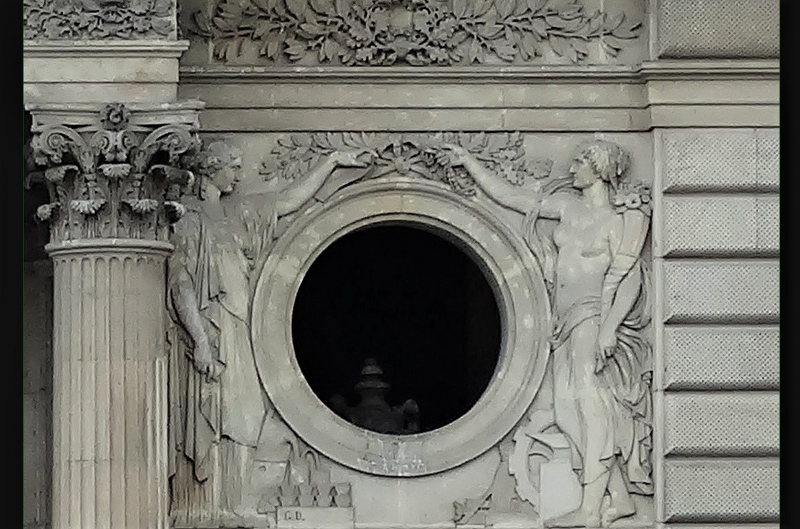
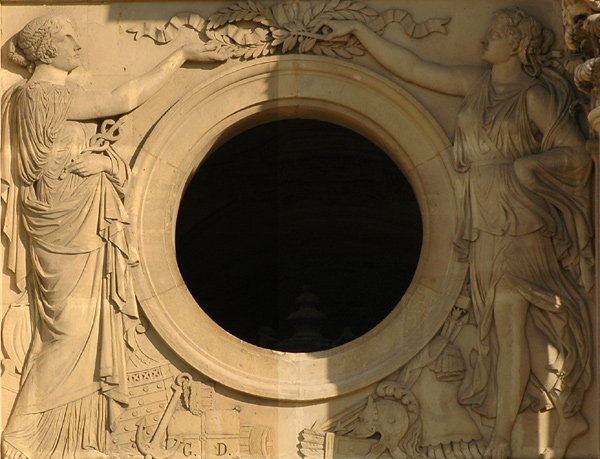
Louvre palace, the Turgot pavilion
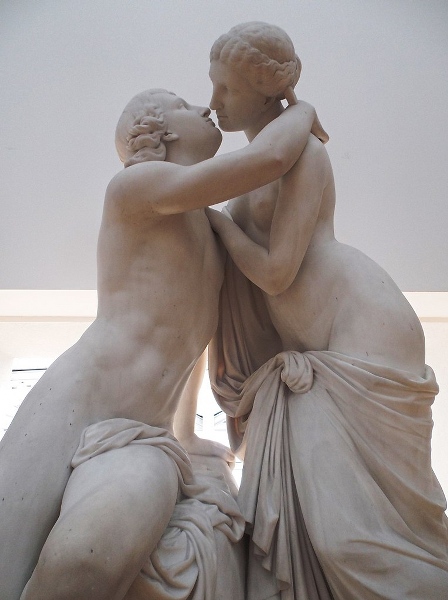
Roger-Quilliot Art Museum in Clermont-Ferrand

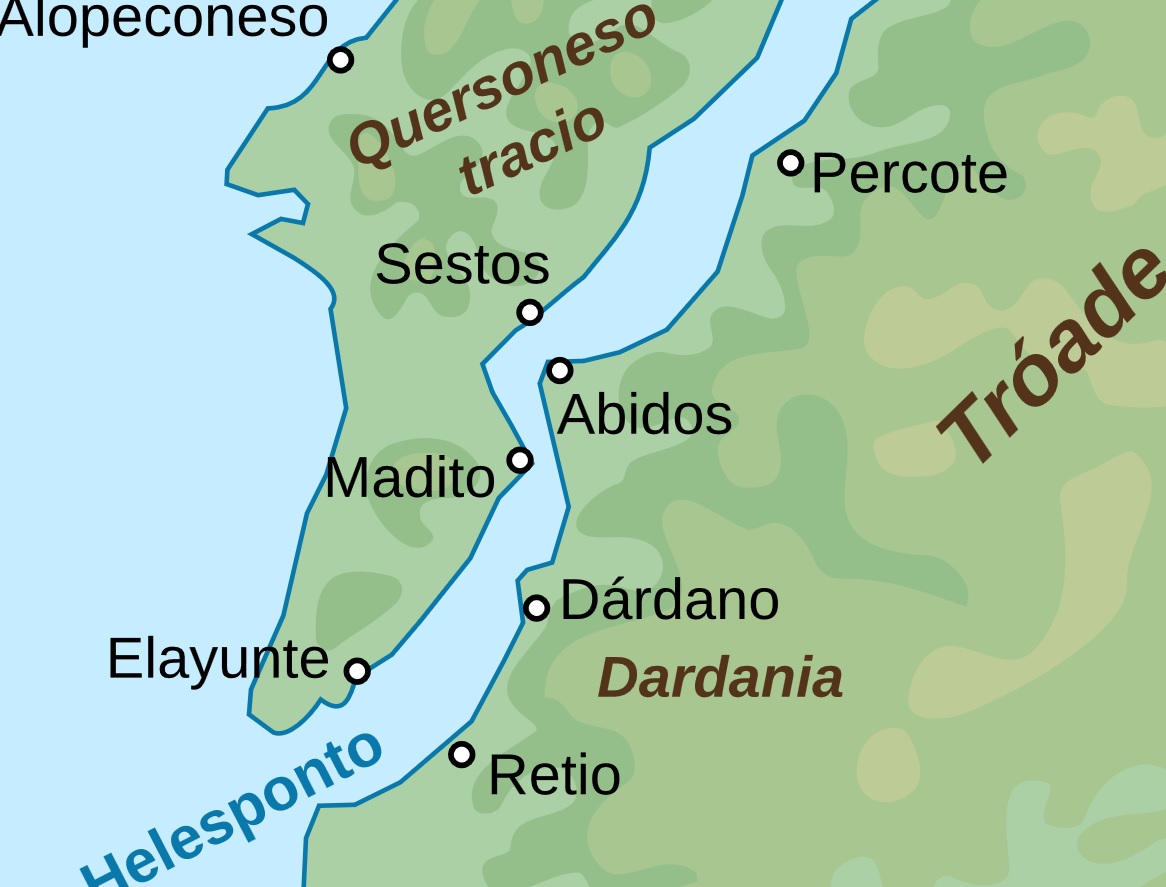
Address:
Alma bridge, 75008 Paris